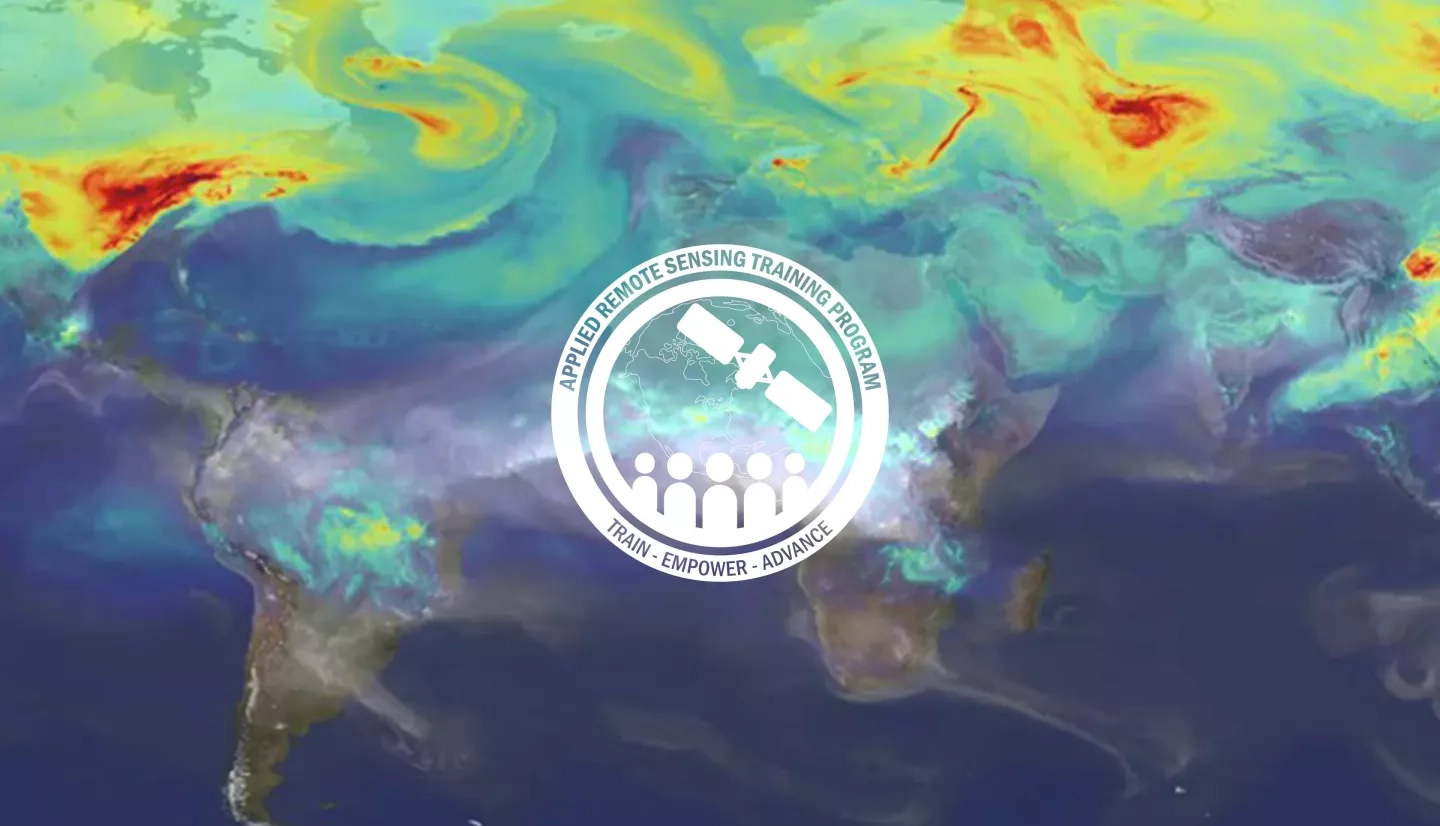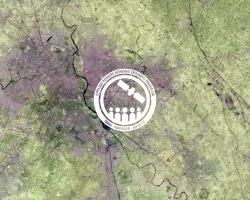Description
To support the 2023 Global Stocktake (GST), Parties to the Paris Agreement are compiling inventories of anthropogenic greenhouse gas (GHG) emissions and removals to assess their collective progress towards the long-term objectives of the Agreement. The Global Stocktake is the process of monitoring the implementation of the Paris Agreement. The outcome of the GST will provide Parties the information needed to update and enhance their nationally determined contributions (NDCs) to the global response to climate change and strengthen international cooperation for climate action.
This three-part webinar series will introduce bottom-up and top-down methods for tracking emissions and removals of carbon dioxide (CO2) and methane (CH4) from the atmosphere. This training will explore how to combine this information to produce a more complete and transparent global stocktake, and support efforts to reduce net emissions and mitigate their impact on the climate.
Demonstrations will be provided on how top-down atmospheric budgets of CO2 and CH4 can be derived from atmospheric measurements and inverse models to produce a transparent description of their emissions and removals. Participants will also be introduced to pilot products and how information contained in these top-down atmospheric products can supplement bottom-up inventory products to assess the accuracy and completeness of emissions reports on regional, national, and local scales.
In partnership with the United Nations Office for Outer Space Affairs UN/AUSTRIA SYMPOSIUM 2022 (online, 13-15 September 2022), we will be conducting an additional Question & Answer Session on October 4, 2022.
Participants are required to watch each video/recording of the 3-part training. Participants have the opportunity to submit questions to the trainers via the Google Forms below, then attend one of the live Question and Answer sessions.
There will be two rounds of live Question and Answer sessions with the trainers on Tuesday 4 October 2022 to accommodate participants from different time zones.
By the end of this training attendees will be able to:
- Recognize the need to monitor CO2, CH4, and other greenhouse gases to support efforts to reduce net emissions and mitigate their impact on climate
- Describe how top-down CO2 and CH4 budgets can be derived using atmospheric measurements and inverse models
- Relate how the products and methods described can be combined with bottom-up inventories to identify opportunities for improving GHG inventories to support future GSTs
This webinar series is intended for stakeholders at local, regional, and national levels who are interested in managing greenhouse gas emissions to meet the climate change mitigation goals of the Paris Agreement, national inventory developers, and researchers who are interested in developing top-down atmospheric greenhouse gas budgets and working with the inventory development and assessment communities to support the global stocktake process.
Trainer: Dr. David Crisp
- Paris Agreement and mitigation objectives
- Global Stocktake
- Bottom-up and top-down emissions inventories
Materials:
Trainers: Dr. David Crisp, Dan Cusworth, and Brendan Bryne
- Emission and removal of CO2 and CH4
- Space-based, airborne, and ground-based measurements of CO2 and CH4
- Inverse modeling
Materials:
- Presentation Slides
- Q&A Transcript
- Part 2 CSV File (right click and choose Save link as...)
- Part 2 CSV File: Excel Format (right click and choose Save link as...)
Trainers: Dr. David Crisp, Dan Cusworth, and Brendan Bryne
- Best practices for use in assessing progress towards Paris Agreement goals
- Strengths, weaknesses, and future opportunities
- Case studies
Materials:



